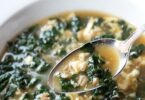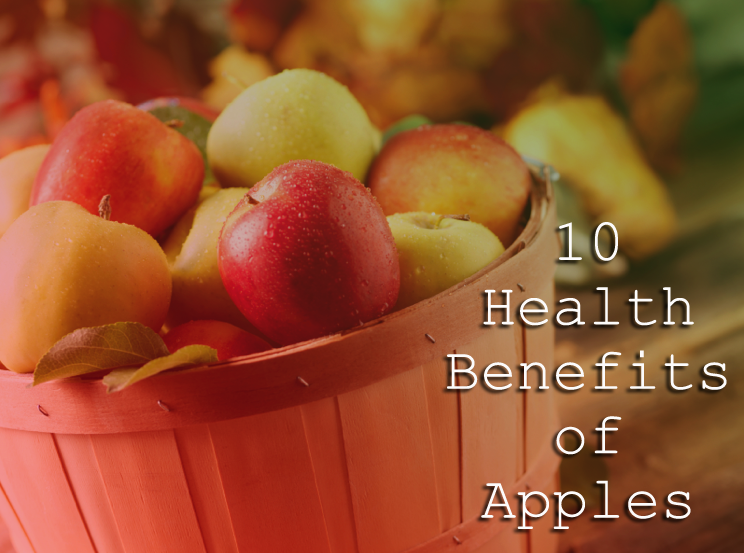Yeah, halva spread is a real thing. << cue angels singing >>
If you’re not already familiar with halva, OMG I’m so sorry you’ve lived this long without it — halva is the delish, sweet vegan snack the entire Middle East simply cannot live without. It’s typically made with sesame seed butter (also called tahini in many parts of the world), sugar, and flavorings like vanilla, chocolate, pistachios, almonds, and even rose water. Generally the finished product resembles a sort of brick that is sliced and then portioned for eating. A very little bit goes a long way thanks to the rich nature of the fatty sesame seeds and sweet sugar. But because all foods start as one thing and evolve into new things we might never have imagined, halva SPREAD is now a thing. You know what this means, right?
Halva spread can easily replace Nutella in vegan situations, nut-free environments like schools, etc. But where does one even find halva spread, you ask? I found it on a recent kosher grocery store trip on 108th Street in Queens (my pursuit of good kebab and ethnic grocery shopping leads me all over New York City, obviously), but if you don’t live near Queens or feel like schlepping, there’s good news. I found a 2-pack of the same Achva Halva Spread here.
If you’re wondering what to schmear your halva spread on, think toast, apple slices, drizzled over cupcakes for a sweet Middle Eastern flair, over stuffed dates, in babkas, pancakes, waffles, or just about anywhere Nutella ever made sense to you.
Amazing, but there’s no reason your Jewish condiments tour of the internet needs to end here. Because, OMG CHOCOLATE HALVA SPREAD EXISTS YOU GUYS. FYI, it’s prime shipping-available which means you’ll be able to get it quickly and start your binge eating super fast. Load your crepes up with this. Again, it’s VEGAN.
This concludes the halva spread portion of our tour, but I’m going to share another couple super important Jewish condiments, because baby, you’re worth it.
Have you ever heard of schug? It’s Jewish hot sauce, but not super liquidy like sriracha — it’s more of a pasty hot sauce that’s perfect to top your meat dishes, grilled veggies, fish, or even mix into mayo and drizzle over whatever you like your spicy mayo on. It’s hot, garlicky, a little salty, and super earthy. It’s commonly found as a topping on Yemenite Jewish dishes as well as in the fridge of most North African Jewish homes (and if you’re wondering, yeah, there are Jews from those countries and they like it hoooooot!). A lot of families make their own (I make my own with whatever good spicy peppers I can find in my local market), but if you’re not in the mood to roast, peel, chop, and dress hot peppers all day, you can buy a jar of the good stuff pretty easily or buy the pre-made spice blend and add it to your own peppers. It comes in either red or green, and I oscillate when it comes to color preferences, but lately I’m feeling the green.
If you got through all the halva spread and schug action and still want more, the most intense of all Jewish condiments is probably amba sauce. It’s an acquired taste for sure thanks to a sort of smokey, pickled Asian mango backbone, but if you’re down with falafel, schwarma, and generally Middle Eastern street food this is an essential. You look like a schmuck ordering a falafel in NYC without this stuff, and don’t even get me started on the people who add lettuce and CHEESE of all things (le sigh). You can read a more complete rundown on yellow amba sauce here, or just buy some and try it on your own savory dishes at home.
When it’s made properly, in the authentic style, it’s raw, vegan, probiotic, and relatively low in calories. It’s the condiment nature intended. I found this jar on Amazon, and it’s pretty close to the stuff you’d find in a kosher specialty store in New York, and as close as you’re going to get to homemade in the states short of breaking out your own pickled mango skills.
Love this article? For more beauty, style, travel, and trending topics check out The Luxury Spot on Facebook. Like us and we’ll love you back!












